Rayon and Viscose are both used to make comparable fabrics. There are differences between Viscose vs Rayon. Although not all Viscose is Rayon, Rayon is a kind of Viscose. They both are semi-synthetic fabrics made from cellulose.
Table Of Contents
- Is Viscose and Rayon same?
- What is Viscose?
- The manufacturing process of Viscose
- Advantages of Viscose:
- Disadvantages of Viscose
- What is Rayon?
- The manufacturing process of Rayon
- Advantages of Rayon
- Disadvantages of Rayon
- Comparison between Viscose vs Rayon
- Difference between Viscose vs Rayon
- Which one is better? Viscose or Rayon
- Conclusion
Is Viscose and Rayon same?
No, Despite both artificial materials, Viscose and Rayon both offer coziness corresponding to natural fiber. Although having many similarities, there are also many differences between them. Today we will try to know them. Here is all about the Viscose vs Rayon.
What is Viscose?
"viscose" refers to the viscous biological fluid regenerated into fibers for fabric assembly. It is a type of fabric that is made from plant fibers. Commonly, the cellulose Xanthe process is used to manufacture this textile fabric. Because of the making process, viscose textile is also considered an artificial fabric. In this process, degrade the plant fabric and then regenerate it again using chemical reactions.
Let's Know details about Everything about Viscose Fabric
The texture of this fabric is much softer than other fabric textiles. This particular feature makes it so much popular. In the clothing industry, Viscose produces shirts, jackets, pants, etc.
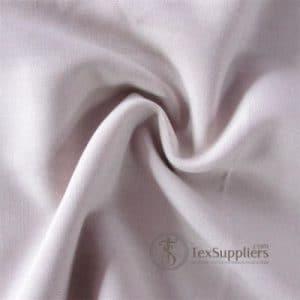
The manufacturing process of Viscose
The production process of Viscose is not so environmentally friendly. It requires a lot of toxic chemicals and energy. Consequently, the viscose price is very high.
Viscose fibers use the viscose process, which involves treating pulp with carbon disulfide and dissolving it with sodium hydroxide solution, NaOH. From this process, we get the viscose orange-brown solution known as Viscose. Cellulose reacts with carbon disulfide and gets hydrogen sulfide as a by-product.
Both modal fibers and regular Viscose may be processed using this method. Viscose processing and modal processing are qualitatively comparable. Instead of carbon disulfide and sodium hydroxide solution, the pulp is solved using an organic solvent. The answer is then transformed into fiber threads. The liquid is forced into a spinneret. Viscose can be converted into filament yarns or staple fibers during the spinning process.
Each strand of viscose fiber is continuous in the filament form. Still, when it is in the staple form, the filaments are chopped to shorter, predefined lengths, making mixing Viscose with other fibres simpler. Like pulp, viscose fibers also need to be bleached. Marketing is done in two ways. One as TCF (Total Chlorine Free) or ECF (Elemental Chlorine Free), the pulp and fibers are used in the same process to blench together.
Advantages of Viscose:
- It is very comfortable to wear, just like cotton.
- It can be washed without any worries. It doesn't get fade or look dull quickly.
- It can be blended with polyester and cotton and made into cotton viscose.
- This fabric is stretchable and very lightweight that dries quickly.
Disadvantages of Viscose
- Viscose might get shrink when it is washed into hot water. Additionally, it gets creased so easily.
- The textiles fade and disintegrate when exposed to heat and light.
- It is not environmentally friendly due to using toxic chemicals while manufacturing.
- It is not such a strong fabric and loses its shape once it is stretched.
What is Rayon?
Rayon is neither natural nor synthetic fabric. Instead, it is a very porous fabric. It feels like genuine cotton and soft as silk. While making it, It passes through a number o chemical reactions. A kind of Plant fiber that name is cellulose used to make it.
Let Know Details about What is Rayon Fabric?
Rayon is also redeveloped cellulose fiber since it uses cellulose fiber to reform it into its ultimate state. It is initially used for household furnishings. Rayon has some varieties, such as Tencel rayon, lyocell, and polynosic Rayon.
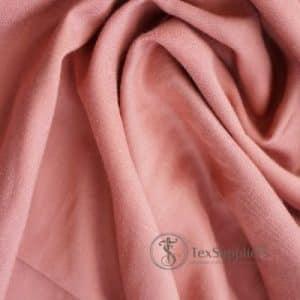
The manufacturing process of Rayon
Rayon fabric is manufactured in a very environment-friendly process. The manufacturing method requires significantly less harmful chemicals and energy.
Wood pulp is the primary material used for making Viscose; occasionally, bamboo pulp is also used. This raw material is converted into a soluble substance chemically. The outcome is pure cellulose fiber cause these materials are dissolved and pressed through a spinneret. Then we get filaments that are fully chemically solidified.
Alkali cellulose is created when the pulp is preserved with aqueous sodium hydroxide. Therefore, we authorized some depolymerization of these substances. In addition, different inorganic substances and temperatures such as metal oxides and hydroxides impact the pace of depolymerization. Finally, rayon fabric is created by treating the ripening solutions with a mineral such as sulfuric acid.
[C6H5(OH)4-OCS2Na]2n + nH2SO4 → [C6H5(OH)4-OH]2n +2nCS2 + nNa2SO4g
Advantages of Rayon
- Most importantly, it is way cheaper than other fabrics. In addition, it has so much versatility.
- The fabric is silky and feels so comfy.
- The fabric is wrinkle-free and maintains its shape and color well.
- It captivates moisture and water so effectively that we feel relaxed in warm weather.
- It can be easily mixed with other fibers to lower production costs.
Disadvantages of Rayon
- It is not resilient. It cannot tolerate abrasion for an extended period, eventually becomes yellow, and forms small balls on rough surfaces.
- Toxicity is high in the manufacture of Rayon.
- It gets weak when it is wet.
- It is less sustainable and shrinks rapidly, so we must be careful when washing it.
Comparison between Viscose vs Rayon
|
Parameter to comapare |
viscose |
Rayon |
|
Meaning |
Viscose is manufactured through the cellulose xanthate process. |
A fabric that made from the cellulose immersion process |
|
material |
Plant fibers. |
Wood pulp |
|
Texture |
It is way softer than Rayon. |
Not so much softer compared to Viscose |
|
Durability |
High |
Low |
|
Price |
Costly |
Cheap |
|
Production process |
Not so eco-friendly. |
Eco-friendly |
Difference between Viscose vs Rayon
Manufacturing: Cellulose from various plants can be used to make Rayon, but wood pulps are essential for Viscose.
Texture: Both are subtle and delicate to warmth, while Rayon is relatively less soft than Viscose. Using the washing machine is not an intelligent thing to do. Viscose feels like cotton though it looks like silk. Conversely, Rayon is quite absorbent.
Durability: Viscose is less resilient than other rayon types because of the high acidic soda content. Rayon is more susceptible to shrinking and wrinkling than Viscose because of the material difference.
Weather conditions: Both fabrics are comfy. Rayon will keep you cool in sunny weather, whereas Viscose keeps you warm in milder climates.
Which one is better? Viscose or Rayon
It depends on what you want. Like, Viscose is preferred for upholstery while Rayon is used for clothing. For example, Rayon is a good fabric choice for making clothes. On the other hand, Viscose would be a better option if you were seeking material to cover a chair.
The cost also plays a significant role to consider. For example, Rayon is much cheaper than Viscose.so, Rayon would be a better option when you are on a tight budget.
Conclusion
Although their overall qualities are almost the same, we should consider some features between them.
Such as, Rayon is much more eco-friendly & inexpensive than Viscose, with a higher absorption rate. In the meantime, Viscose has much higher durability and softness. We need to understand which one is suitable according to the work requirement.





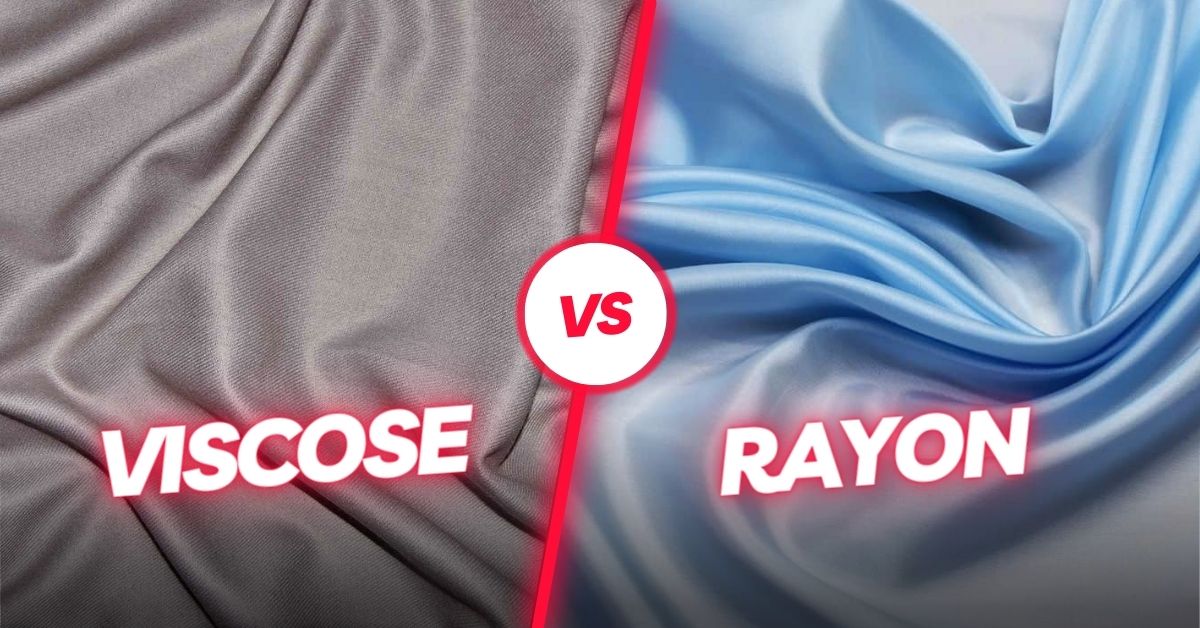
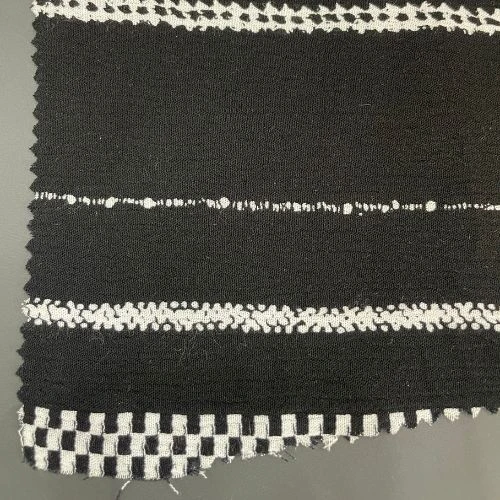
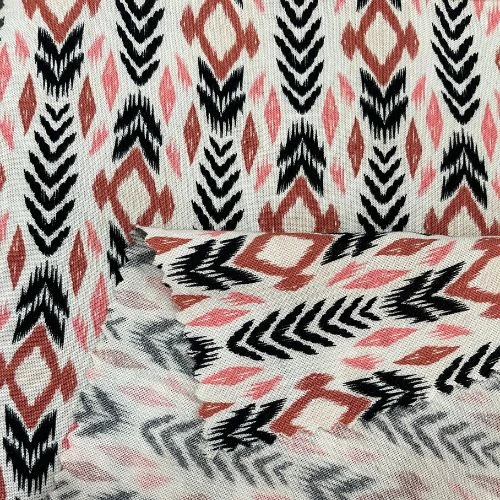
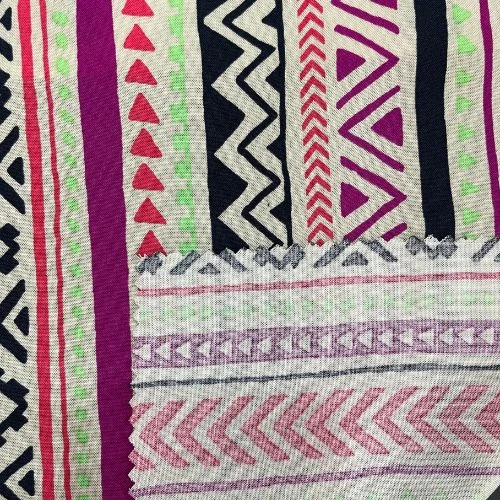
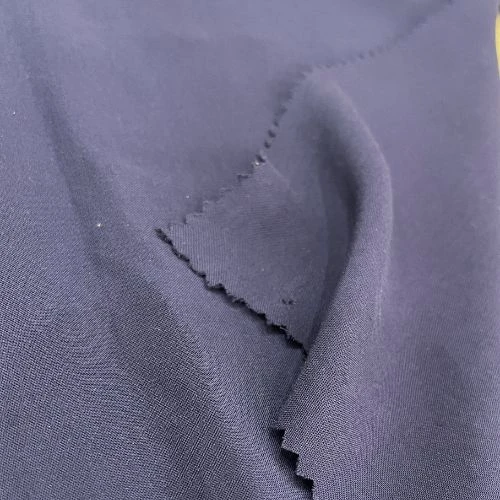
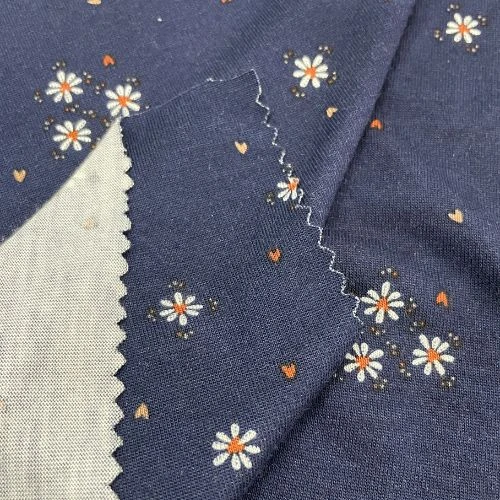
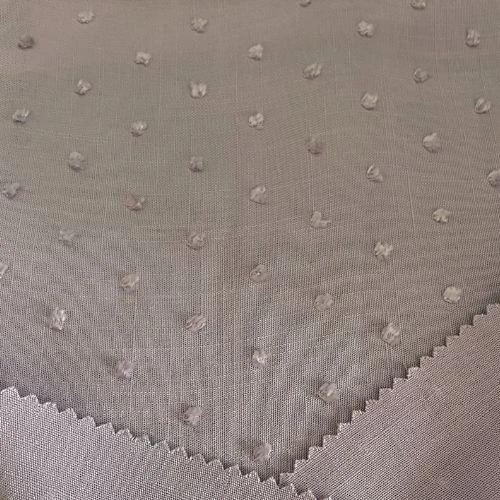
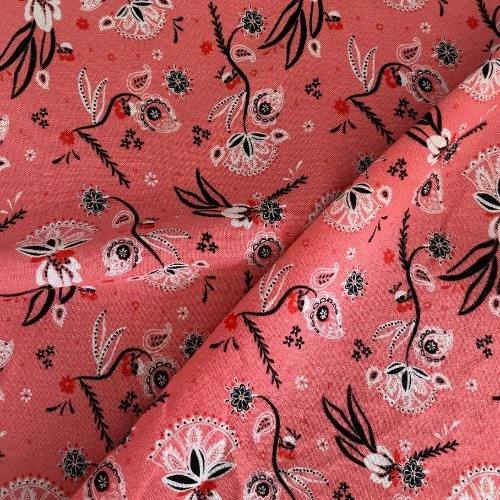
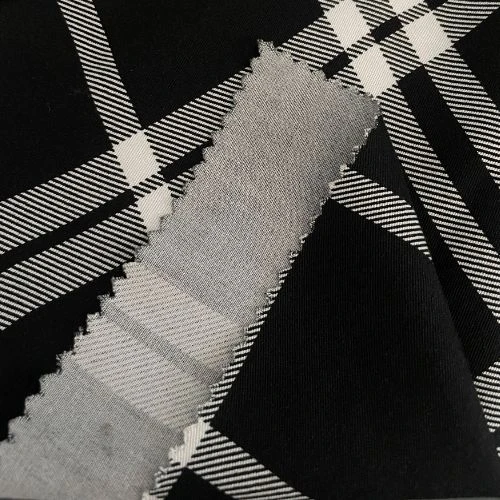
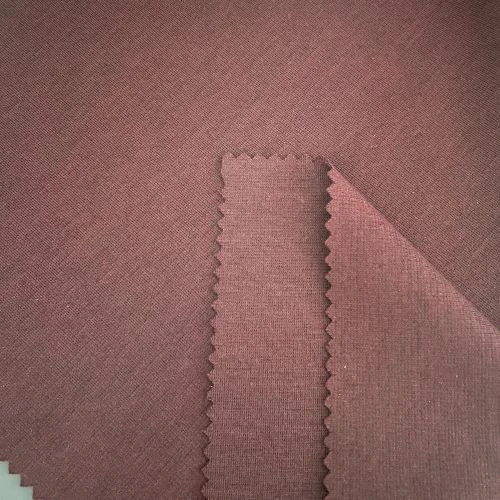

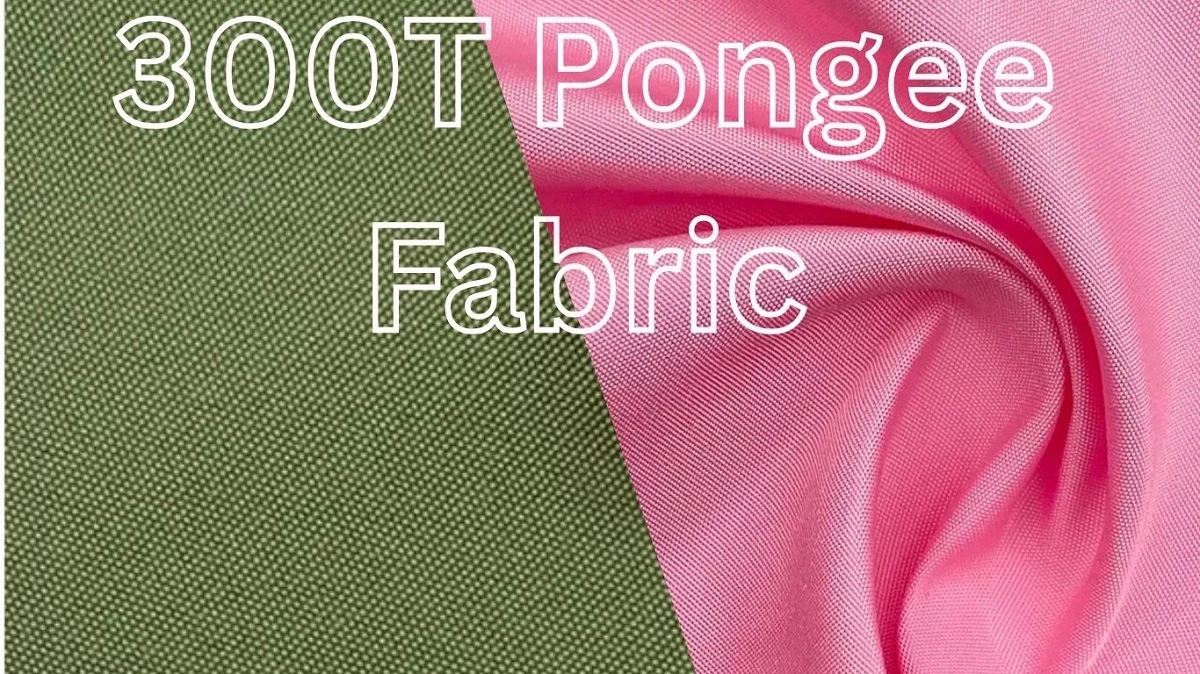
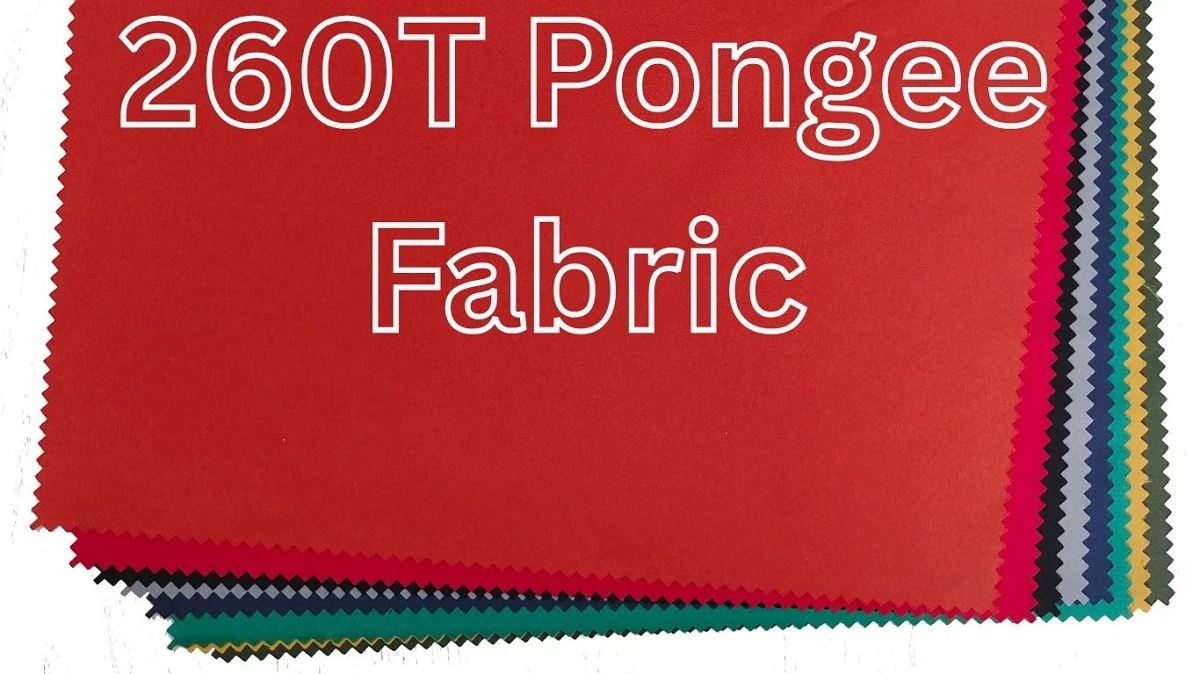
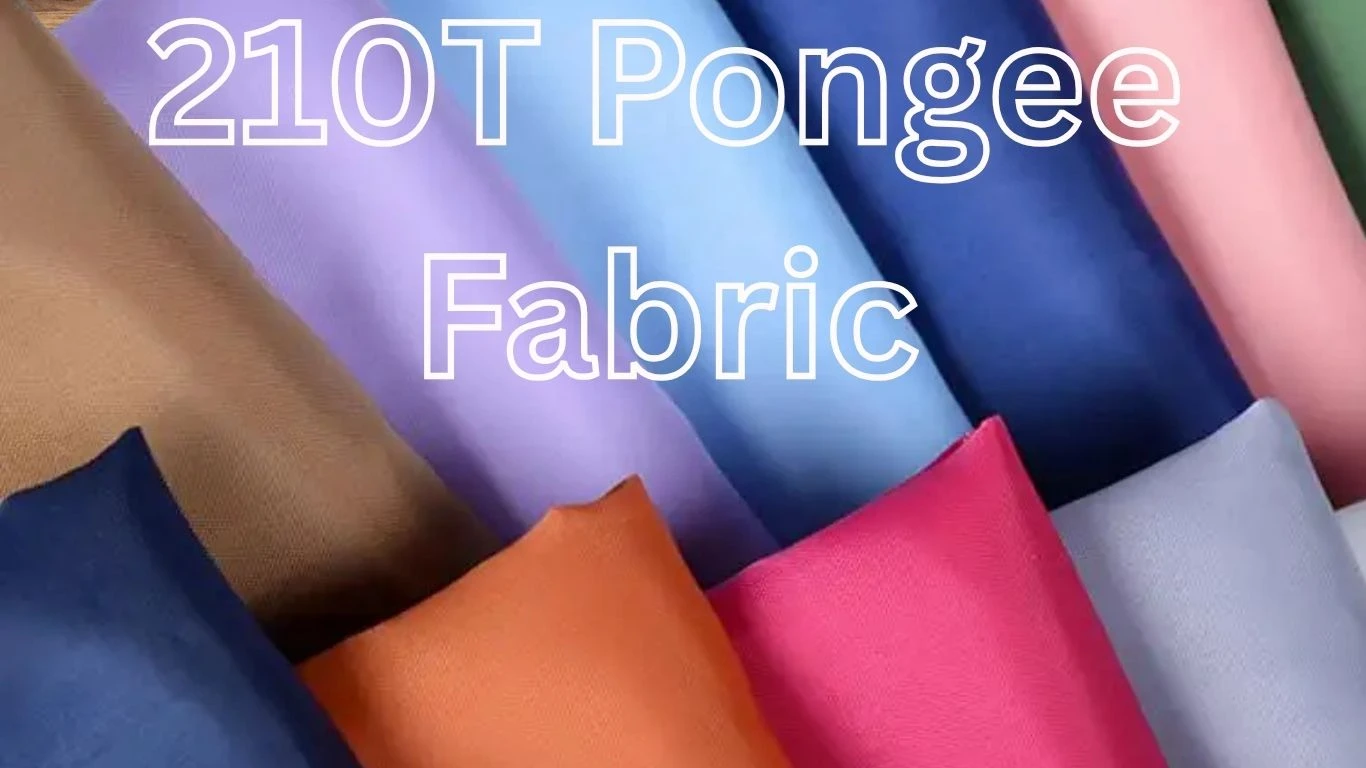
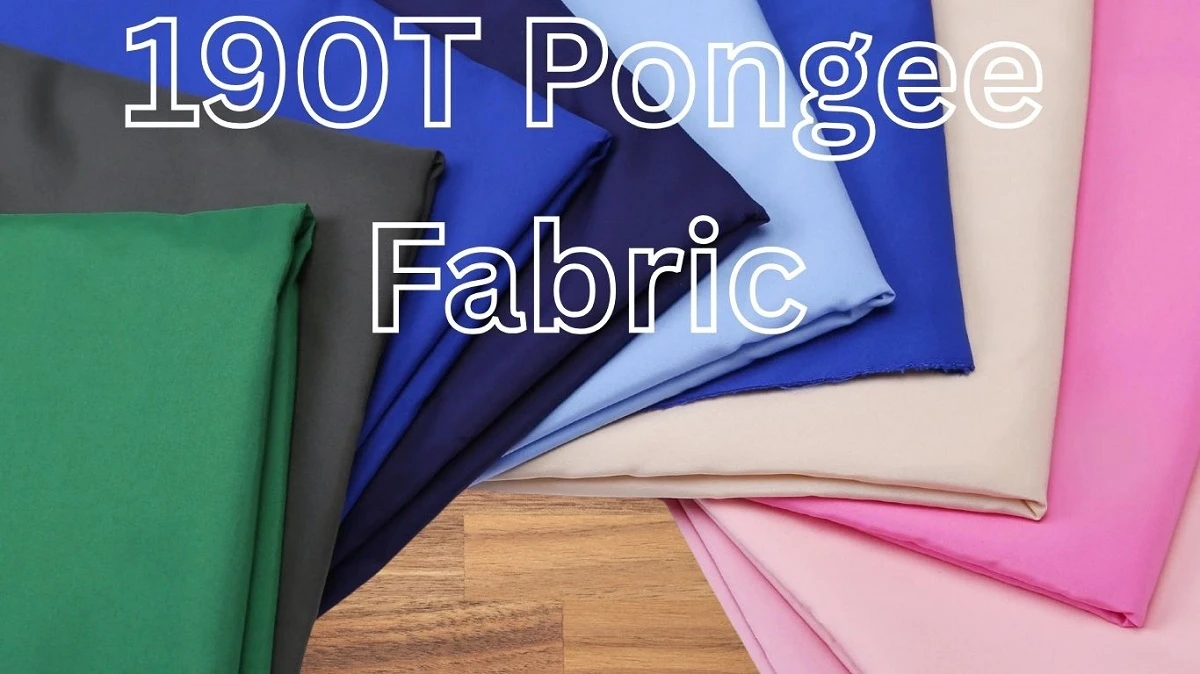
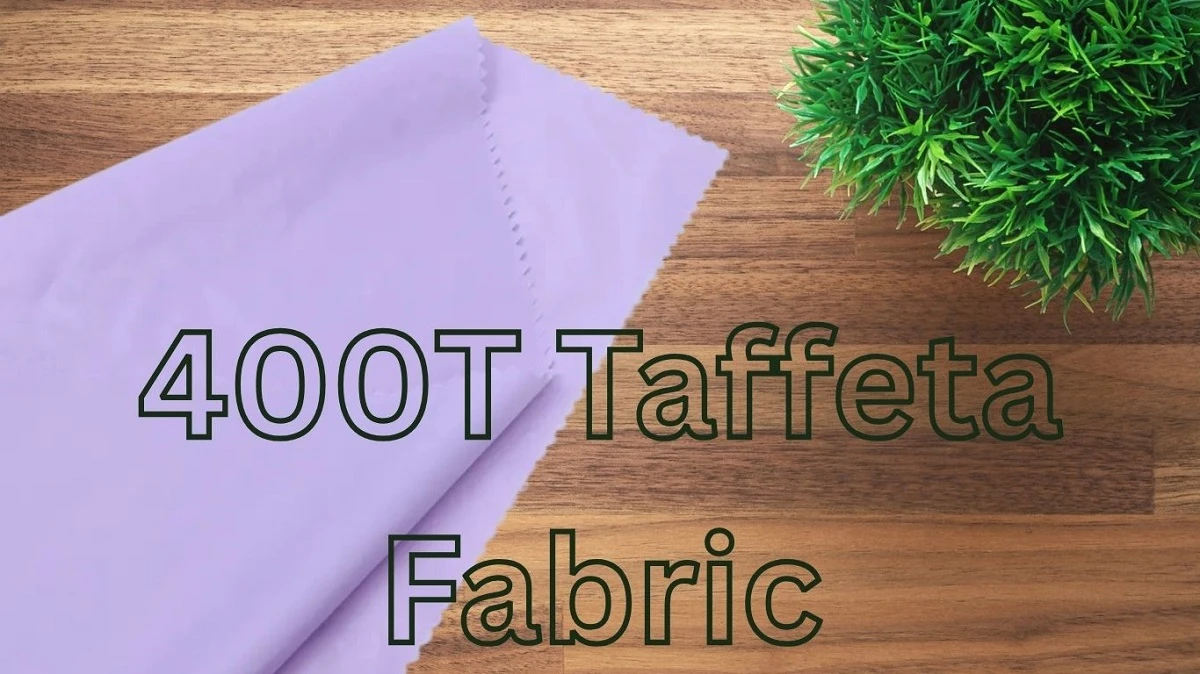
Comments - 00
Leave A Reply
Thanks for choosing to leave a comment.